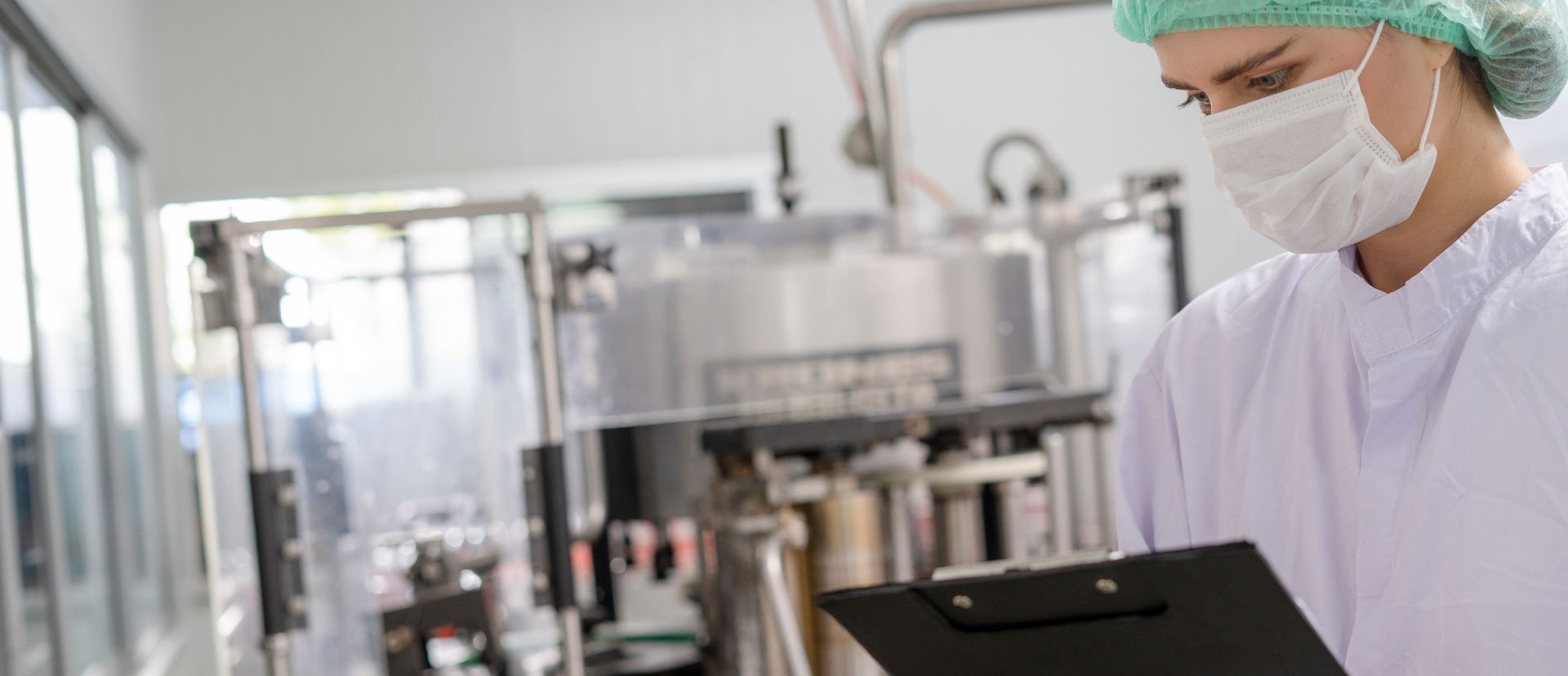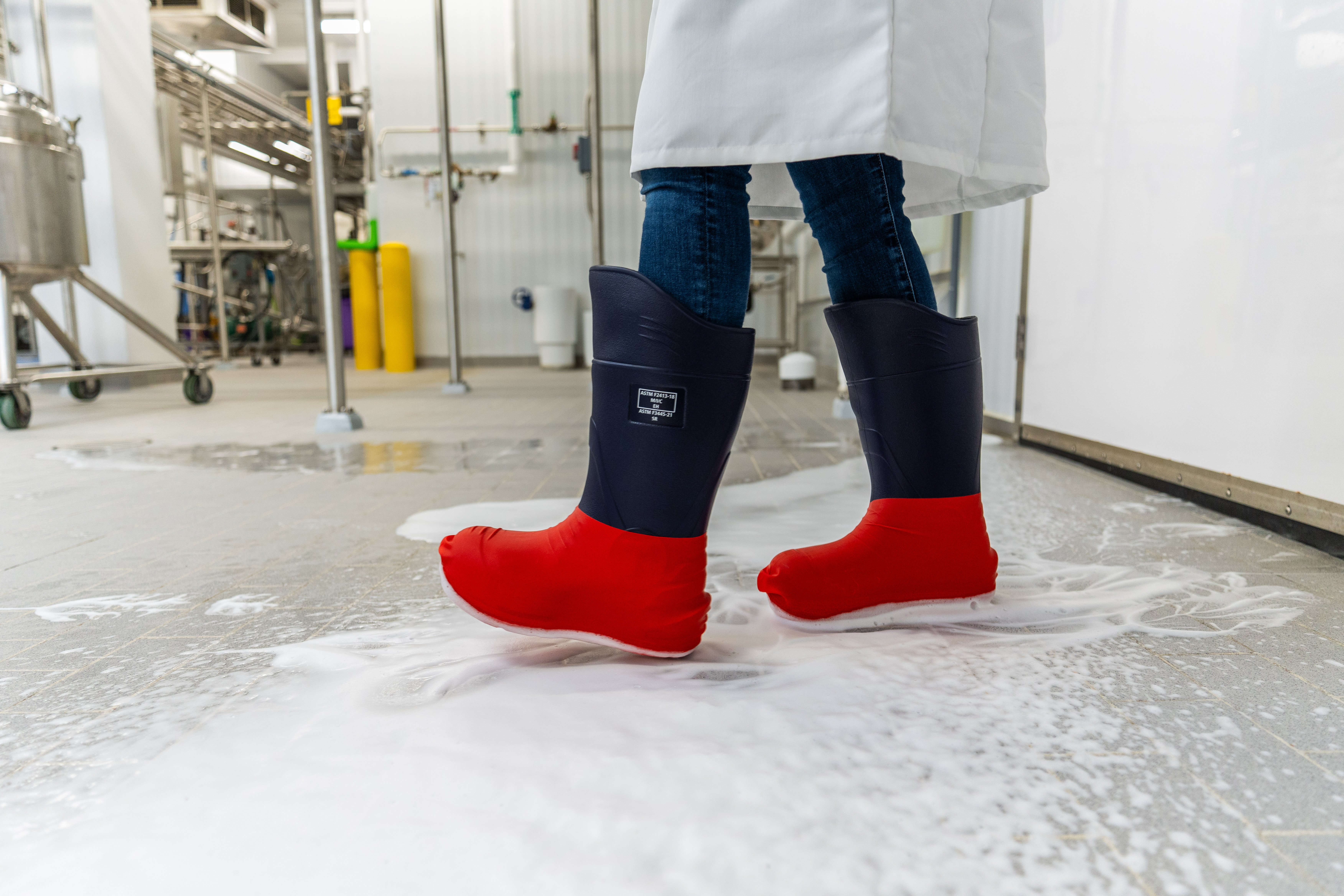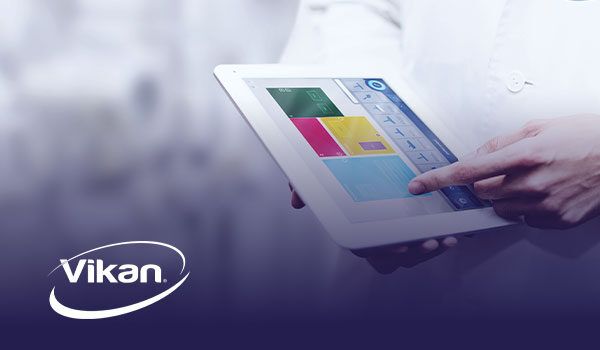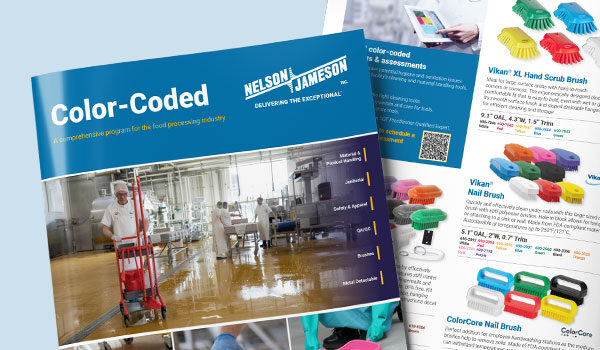In the food industry and in food safety, accuracy is key. To be able to sample, test, and conduct other lab-related operations on-site or via a third-party lab, is no longer the territory of just large operations. Businesses like small cheese makers, craft breweries, and countless other kinds of small and medium size operations depend on labs for quality control and quality assurance purposes.
Due to this demand for accuracy in testing by regulators, consumers, etc., some businesses have found themselves somewhat jumping into the deep end of laboratory science. A recent article in Food Quality highlighted ISO/IEC 17025 accreditation and indicated to labs that becoming accredited was the “first and most important step in setting your laboratory apart from some of your competition.”
More than an impressive, George Lucas-like combination of letters and numbers, ISO/IEC 17025 is an accreditation process food industry interests may want to know more a bit about. The process was originally developed by the International Organization for Standardization and the International Electrotechnical Commission. It essentially is a process in which a lab is certified as being “competent to carry out specific tasks” with valid and accurate systems. In industries that demand accurate testing, like the medical field and the food industry, accreditation might be an attractive feature for companies looking to work with a third-party lab. The accrediting process is carried out by several organizations: some for-profit, and others being non-profit.
Becoming accredited is often problematic for labs in terms of cost. Fee structures vary depending on the accrediting body and the accreditations sought. Regardless, labs have to foot the bill for many costs such as the following: application fees, annual fees, report fees, assessments, and travel expenses for the assessors. These costs, however, can mean increased business for the labs, as the accreditation certification may pull in more businesses.
As food industry interests contend with greater regulations, international regulations, and federal regulations, there are some difficult choices to be made. Figuring out how something like accreditation might fit in with your company’s QA/QC may prove to be difficult due to the cost of doing business with an accredited lab, but the investment may also be one that will pay off in the long run, with a greater assurance of testing accuracy/reporting. The issue is further complicated when choosing a lab, in that there also is the possibility that some labs may be claiming false accreditation.
Hence, for operations large, small and everywhere in between, some homework needs to be done on how best to choose a lab and how to work closely with a lab to ensure QA/QC. How much does accreditation mean, how much will it cost you to work/not work with such a lab, and what level of QA/QC is possible, are all discussions labs and food industry operations are having. In the era of the Food Safety Modernization Act, some homework can go a long way in establishing a good relationship with a lab, or in establishing standards for in-house lab operations.

December 10, 2025
What is OSHA's Regional Emphasis Program (REP) for the food manufacturing industry? The OSHA Regional Em...

December 8, 2025
There is a fundamental connection between worker safety and food safety: A failure in worker safety can ...

December 1, 2025
Nelson-Jameson understands that efficiency and worker safety are equally important goals in food manufac...

Recognize and address possible hygiene and sanitation challenges based on the cleaning and material handling equipment available in your facility.
Through a discovery call, virtual, or on-site assessment, Vikan SQF Practitioner certified specialists will assist in confirming that your system and cleaning tool inventory aligns with your risk management objectives while pinpointing any missing tools and enhancing maintenance and usage practices. Evaluate whether your existing tools are utilized in the most effective manner, or determine if a more suitable tool exists for the task at hand. Ensure that your tools comply with all relevant standards and regulatory requirements. Site evaluations encompass a summary survey, an overview of the location, a color-coded factory layout plan, product suggestions, a recommended order form, and a proposal for a follow-up survey.
Food Safety, Sanitation, Cleaning Tools, Color Coding

This is a comprehensive program for the food processing industry. Nelson-Jameson brings together the most extensive collection of color-coded products for material handling, product handling, janitorial, safety, apparel, QA/QC, and metal-detectable applications. With the right pieces, a color-coding system is a powerful tool in preventing cross-contamination of allergens and food-borne illnesses that can lead to sickness or expensive product recalls.

Food Safety, Sanitation, Cleaning Tools, Color Coding

Food Safety

Get Petrifilm Certified through our complimentary immersive workshop for managers, personnel, and teams. The workshop offers practical knowledge through hands-on training and networking with industry professionals and experts. Attendees gain an in-depth understanding of Petrifilm technology and valuable insights into effective environmental monitoring practices. Participants leave with a certification and a wealth of resources that can significantly contribute to elevating their plant's quality control standards.
Food Safety, Sanitation, Laboratory